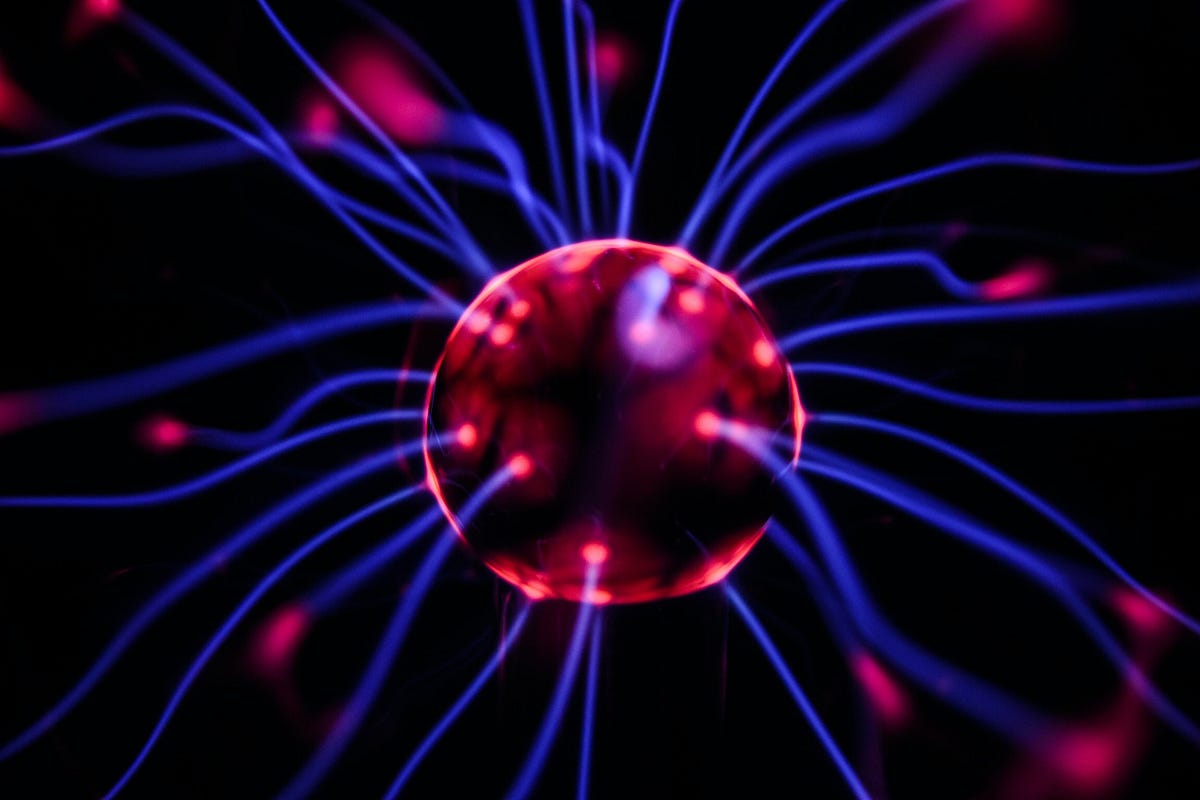Imagine this: it’s a rainy day, and you’ve not been out for months due to lockdown. You’ve been feeling lethargic, and generally not in the mood to do anything but complain for the past few months. You write a post on Facebook to your friends venting about life once more. Suddenly, a Facebook notification pops up on your phone, recommending you to seek medical advice with a nearby therapist who specializes in Depression and Cognitive Behavioural Therapy, offering a free consultation.
This world could be one that we live in rather soon, where every social media post you upload is pre-screened to check in on your mental health: scientifically proven models and algorithms that can predict whether you are at risk of suffering from a mental illness. Is this a world that you think is possible? Would this be a world you’d like to live in?
The importance of mental health cannot be understated. Suicide is the second leading cause of death among teenagers in the United States, according to the Centers for Disease Control and Prevention (CDC). A separate CDC study also found that teen suicide jumped 56% from 2007 to 2017- this rise coincides with the launch and growth in adoption of many social media platforms that we know and love today.
As modern-day vulnerability and transparency become more common, users of social media platforms share more feelings or emotional states through their posts. These millions of posts are being used for capitalist purposes such as online advertising, but they could equally be used for helping the health of its users.
The Research
A recent study conducted by Kim, Lee, Park and Han (Kim et al., 2020), researchers from Sungkyunkwan University in Korea and Carnegie Mellon University, demonstrated a deep learning model that can identify a person’s mental state based on their posted information. This research extends previous studies by Gkotsis et al. (2014) that used Deep Learning models to recognize mental illness-related posts for classification purposes automatically.
By analyzing and learning posting information written by users, the proposed model by Kim et al. (2020) could accurately identify whether a user’s post belongs to a specific mental disorder, including depression, anxiety, bipolar, borderline personality disorder, schizophrenia, and autism. The model provides a foundation for detecting whether a user, based on their post, is at risk of suffering from a mental disorder.
The research prompts us to ask fundamental questions to our social platforms of choice:
- If it is possible to create a pervasive Deep Learning Model to help identify potential sufferers with mental illness?
- Should social media platforms monitor mental health states of its users?
- What responsibility do social media platforms have if their data suggests that a user is at severe risk of mental illness?
- What kinds of intervention would be useful?
Before attempting to answer these, let’s take a closer look at the research.

But first, what is Deep Learning?
There are various posts already that cover the basics of Deep Learning. If you want a short primer on it, I recommend reading this excellent medium post by Radu Raicea. I learned a lot from it, and I’m sure those that gave the 40K+ claps also agree!
In short, Deep Learning is a machine learning method that allows us to train an Artificial Intelligence (AI) to predict outputs, given a set of inputs.
More specifically, the Deep Learning method uses a Neural Network to imitate animal intelligence by creating a neural network of data and processing actions. There are three layers of neurons for neural network processing: Input Layer, Hidden Layer(s), Output Layer.
Inputs within a Deep Learning method can be either:
- Supervised — giving the model inputs and telling it the expected output. Radu uses the example of a weather-predicting AI. It learns to predict the weather using historical data, where the model has training data inputs (pressure, humidity, wind speed) and outputs (temperature).
- Unsupervised— using data sets with no specified structure and letting the AI make logical classifications of the data. Radu uses the example of a behaviour-predicting AI for an e-commerce website. While it won’t learn by using a labelled data set of inputs and outputs, it would create its classification of the input data and tell you which kind of users are most likely to buy different products.
Deep Learning combines the best of both worlds by training the AI, based on both Supervised and _Unsupervised _data. However, enormous datasets and computational power are needed for the models to come up with meaningful results and predictions because of the multiple hidden layers of calculations required in between.
#mental-health #data-science #social-media #deep-learning #machine-learning #deep learning
